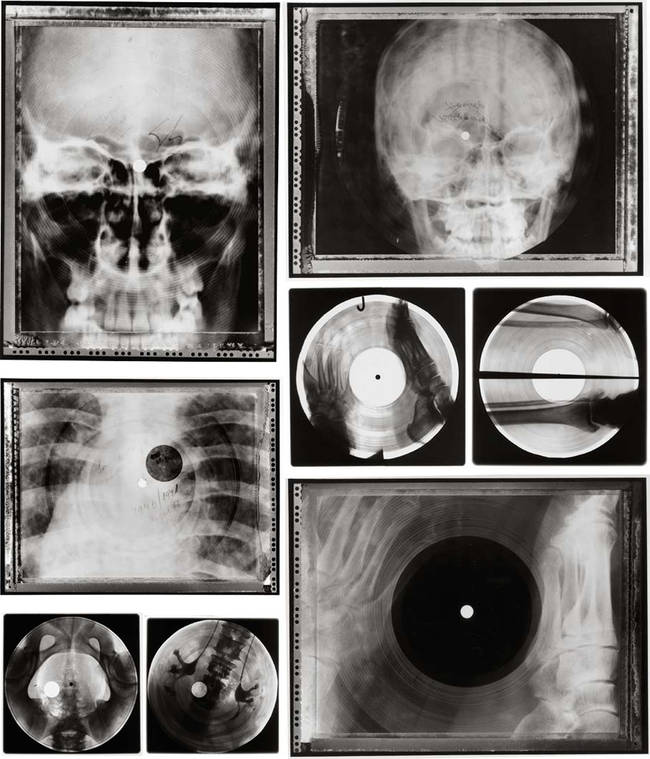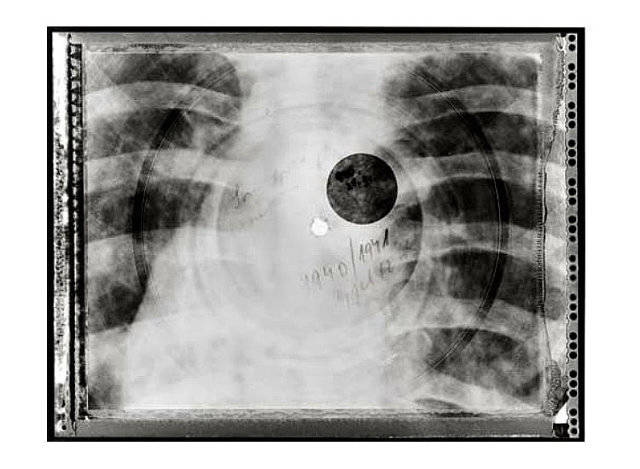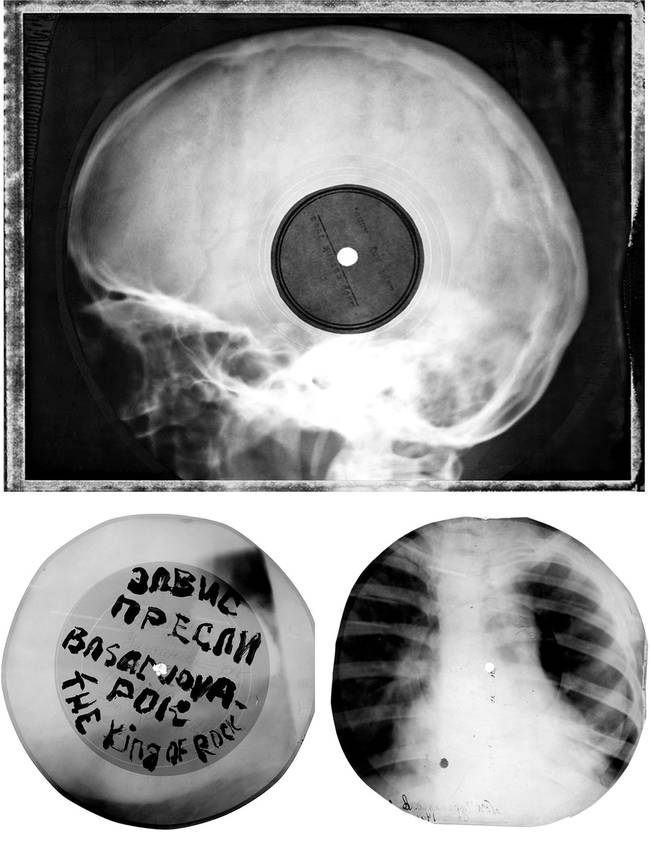Music piracy is often touted as a modern problem. It’s gradually increasing in popularity thanks to software allowing people to download and reproduce copyrighted material. There have been measures taken against it (R.I.P., Napster), but the duplication of material is nothing new. Whether you’re downloading to a computer, burning a CD, or making the now-classic mixtape from songs picked off the radio, people have ripped off recording artists for a long time. Yet sometimes, piracy becomes historically significant.
Under Stalin and later Khrushchev, youth culture in the Soviet Union was fairly stifled in terms of media from the outside. Western music records of rock, jazz and boogie-woogie were completely unavailable, and banned because of their association with Western culture. But that didn’t stop the young and hip (known as stilyagi, literally “obsessed with fashion”) from coming up with their own ways to reproduce and disseminate the music.
Vinyl, used to make records, was scarce in the USSR. The next best thing came from an unlikely place: hospitals. Discarded X-rays were collected from the hospital waste bins and used to make bootleg copies of Western records. The original records would be smuggled in through countries like Hungary, and they would be copied onto the X-rays using a standard wax disk cutter. The X-rays would then be cut into a circle, and a hole burned into the center, usually with a cigarette. Because of the way they were printed, on the images of skeletons, the records became known as “bone music.” The records were distributed across networks known as roentgenizdat.
(via This Is Colossal)
Naturally, the copies weren’t anywhere near the quality of the original vinyl records, and they usually only had one playable side. But they were a cheap way to share and spread music trends from around the world. Sadly for the stilyagi, the government soon caught onto the practice and cracked down on the import of records and the production of bone music. With the advent of tape and, later, other technology, the need to copy music in this way also declined. Thanks to the Internet, music from all over the world can now be accessed by almost anyone, but the ingenious ways in which people worked to spread art throughout even inhospitable areas is still worth remembering.
 share
share
 share
share
 share
share
 share
share



